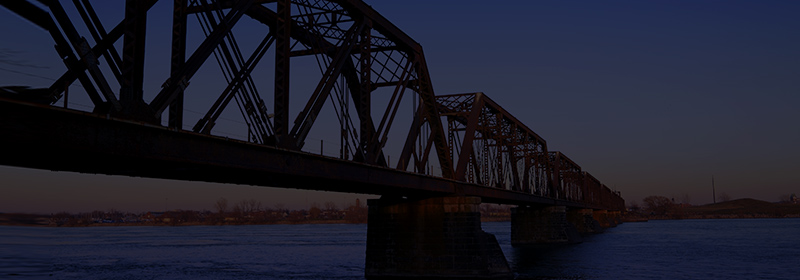Proving negligence in a Buffalo slip and fall case is more than just pointing the finger at the property owner of the place where you were injured. To win a slip and fall case in New York, you need to prove that the property owner’s negligence directly caused the circumstances that resulted in your injuries. With the help of a personal injury attorney, you can build a successful strategy that establishes four fundamental legal elements that prove negligence.
The Four Pillars of Proving Negligence
To secure compensation successfully for a slip and fall accident claim, you must supply strong evidence to show the correlation between a negligent property owner and your injuries. Legally, the concept of negligence is made up of four parts:
- Duty of Care: The first step in proving negligence is establishing that the defendant had a legal duty to maintain their property. In New York, property owners must exercise the amount of care a reasonable person would to keep their property free from hazardous conditions, such as interiors, exterior walkways, steps, and sidewalks in front of buildings.
- Breach of Duty: You must provide evidence that the property owner failed to exercise the amount of care a reasonable person would.
- Causation: You must show that the property owner’s breach of duty directly caused your accident. Your fall and injuries must be a direct consequence of the hazard they failed to address.
- Damages: You must show that you incurred losses due to your injuries. Without damages, there is no compensation to claim.
Working with a New York slip and fall lawyer can help you understand what you need to strategically build a case for negligence.
Common Examples of Property Owner’s Negligence
In Buffalo premises liability cases, like a slip and fall claim, property owners must have neglected to address a hazard or actively allowed a risk to exist. Some common examples include failing to repair a broken sidewalk or crumbling stairway, failing to clean up a spill that they knew about, allowing snow or ice to accumulate for an unreasonable amount of time, or neglecting obvious issues like poor lighting, missing handrails, or unsecured trip hazards.
The Issue of Shared Negligence
Even if you are partially at fault for your accident, such as if you were not looking where you were going, do not let that stand in the way of filing for compensation. Under the New York pure comparative negligence system, even if you were partially responsible for your accident, you will not be barred from recovery. Instead, your total compensation will simply be reduced by your percentage of fault. So if a court finds you 20% responsible and awards you $100,000, you will be paid $80,000 as a result of your part in the accident.
New York Time Limit on Personal Injury Cases
Do not hesitate to get started on your Buffalo personal injury case. New York imposes a strict time limit that could bar you from receiving any compensation if you miss the deadline. Generally, you have three years to file a slip and fall case. While there are some exceptions to this deadline, they are not common.
Contact Towey Law PLLC today to get started securing the evidence you need to strategically prove negligence in your slip and fall case.
